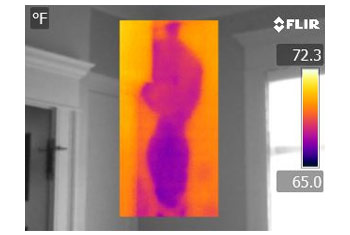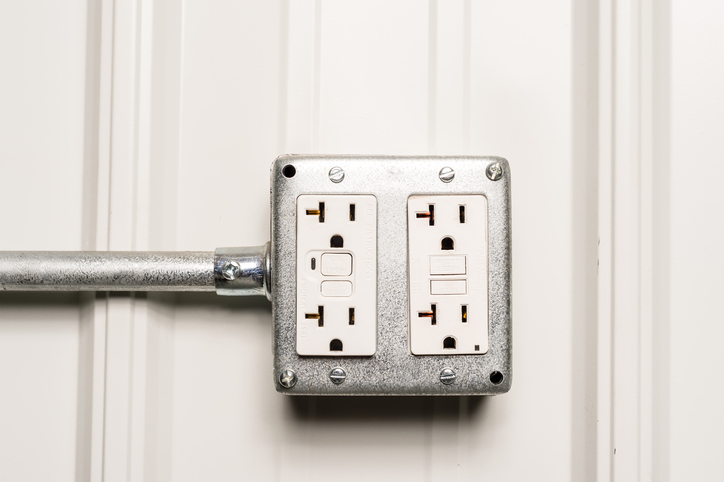In a competitive housing market, buyers might be tempted (or even encouraged) to waive their home inspection. Never fall into this trap! Even if the seller had an inspection done prior to listing the home, they might not be providing all of the information obtained from that inspection. Waiving the home inspection waives your biggest protection as a buyer–a clear and detailed report of everything an inspector can tell you about the quality and state of the home. Here are the top 6 reasons to never waive your home inspection:
1. The home inspection is for your protection and tells you about any major issues or problems with the home before you sign on the dotted line.
2. Home inspections look for both minor and major problems with the home, including structural issues, electrical issues, plumbing issues and mechanical issues with appliances and HVAC system. Skipping the inspection leaves you footing the bill for any issues in these areas.
3. The findings of a home inspection are one of the top reasons real estate deals don’t go through. Without a home inspection, you know very little about the house you intend to buy.
4. When you waive your home inspection, you waive your rights to any recourse from the seller for any issues with the home that turn up–usually after you’ve already closed. Once closing is complete, you are the responsible party for any repairs the home needs.
5. Many lenders will not approve the finalization of your home loan without a home inspection report, which puts the sale at greater risk than taking the time to have a good thorough home inspection. By giving you a mortgage, your lender is making an investment in you and your property. If the property has a major issue, the lender doesn’t want your loan to end up in default while you try to cover the cost of repairs.
6. This is your chance to learn everything you can about your new potential home- such as where water shut-offs are, what types of fuel lines come into the home and where they are, any urgent repairs or fixes needed and so much more. Skipping the inspection leaves you without critical details you need about your new home.
In some housing markets, there is considerable pressure to move forward in the process and “lock in” a home before other buyers put in offers by waiving the home inspection. We hope these 6 reasons to never waive your home inspection have given you all the information you need about why a home inspection is so essential in the buying process.








